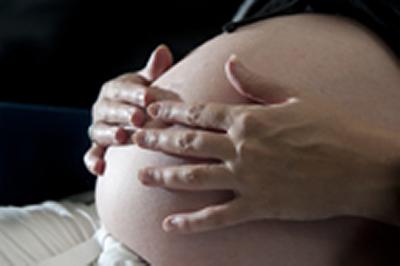Understanding declining teenage pregnancies in England

Declining rates of teenage pregnancies in England are related to local areas experiencing less youth unemployment, growing Black or South Asian teenage populations, more educational attainment, unaffordable housing, and a lack of available social housing, a recent study has found.
All English regions have seen a decline in under-18 conception rates, but there are significant geographical differences in the levels and rates of decline. Northern regions have higher conception rates than southern regions. Inner London had much higher initial conception rates but has seen a faster decline. Areas with more youth unemployment still have higher rates of teenage conception than less deprived regions.
The study was led by Southampton PhD student Katie Heap with Professor Ann Berrington from the ESRC Centre for Population Change and Roger Ingham, Professor of Health and Community Psychology at the University of Southampton. They used England’s Local Authority Districts to explore possible geographical reasons for declining teenage conception rates between 1998 and 2017.
Birth rates among under-18s fell by around a quarter between 1998 and 2008 but then halved in the following eight years. This decline was mostly driven by reduced conception rates and, to a lesser extent, higher proportions of conceptions ending in abortion.
Both education and employment for young people changed dramatically during the period studied. There were rising numbers of teenagers entering higher education, as well as the 2008 economic recession. There has also been growing second- and third-generation teenage ethnic minority populations.
Areas with greater proportions of South Asian pupils had lower conception rates throughout 1998–2017. This may be due to later sexual experiences, or that they may have more reasons to avoid pregnancy, being more likely to aspire to higher education. Indeed, young people from ethnic minority groups are now more likely to attend university than in the past. Added to this, in 2003 both Black African and Caribbean teenagers had lower GCSE attainment than their White British counterparts, but by 2013 had closed this gap.
Housing became less affordable throughout the 2000/2010s. At the same time, the age of leaving education rose and other transitions into adulthood happened later. The study found that there were lower conception rates in areas with less affordable housing or a lack of social housing, and increasingly unaffordable housing was associated with a larger fall in teenage pregnancies.
Katie Heap said, “This study found that some of the changes in teenage pregnancy rates at the local level are explained by the characteristics of teenagers living in the area and the wider society changing, so policy-makers need to keep in mind the contextual changes of their area and areas they aim to emulate alongside behavioural changes.
“Overall, the key concern is to improve outcomes for teenagers and children, especially the most vulnerable, and reduce long-term demand on services. It will therefore be vital for policy-makers to consider these geographical and population-level changes, helping local areas to continually adapt their approach to maintaining and reducing under-18 conception rates.”
The full study is published in the journal Health & Place, and is also available as a CPC Policy Briefing.